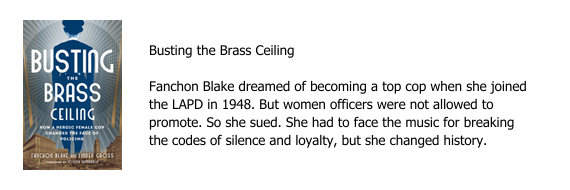Is researching a book really necessary?
If you’re writing a nonfiction book, you’ve identified a thesis that you’re making a case for. That’s the book’s big idea, and every book has one (and only one). Whether you’ve chosen a self-help angle, a book about finance, a historical treatise, or a guide intended to convince people to hire you or buy the products you sell, you’ve come up with a premise that you’re now trying to prove.
What’s the one thing you need when trying to prove a point?
That’s right. Proof.
In a book–or a courtroom for that matter–there are two kinds of proof:
- Anecdotal proof in the form of stories,
- And irrefutable fact.
In the post I wrote a couple of weeks ago, I talked about how your own personal stories along with client stories can draw readers in and support your premise. This time, we’re going to focus on fact-based research that can further bolster the argument you’re making in your book.
To make this easier, I’ve created a worksheet that you can either fill in or just use as a guide. Not all of the points will be pertinent. Some of the research you find won’t be covered by these points. Not to worry. Use this as a jumping-off point. Just keep your mission clearly in mind. You’re not out there to find out everything ever written about a particular issue. You’re gathering evidence that will support your premise and help you make your case.
Of course, how you position your case (and the outline of your book) will depend a lot on who you’re writing for. So you’re going to want to identify your reader demographics before you jump into this.
If you’re ready to roll on the research, please remember to include the source information with every statistic or fact your find. If you’re going to copy any passages verbatim, you absolutely must come up with a way to make sure you know it’s not your writing. Put the passage in quotes. Or italics. Or a color. Or all of the above. Down the line, you won’t remember whether the words or yours or not if you haven’t established this kind of system. And the last thing you want is to wind up being guilty of plagiarism.
WORKSHEET
What’s the problem your product or service solves?
How much of a problem is this for your readers, clients, and prospects?
- Statistics:
- Facts:
- History:
Who in particular is this a problem for?
- Statistics:
- Facts:
- History:
How common is this problem?
- Statistics:
- Facts:
- History:
How effective is your product or service?
- Statistics:
- Facts:
- History:
How does your product or service help solve this problem?
- Statistics:
- Facts:
- History:
How effective is your product or service?
- Statistics:
- Facts:
- History:
Does your product or service differ from what else is available?
- Statistics:
- Facts:
- History:
What’s the history of the problem?
- Statistics:
- Facts:
- History:
What’s the history of the solution?
- Statistics:
- Facts:
- History:
What’s the history of your product or service?
- Statistics:
- Facts:
- History:
Finish up by noting any other findings that you think might bolster your case but that don’t fit into the worksheet above.




















0 Comments